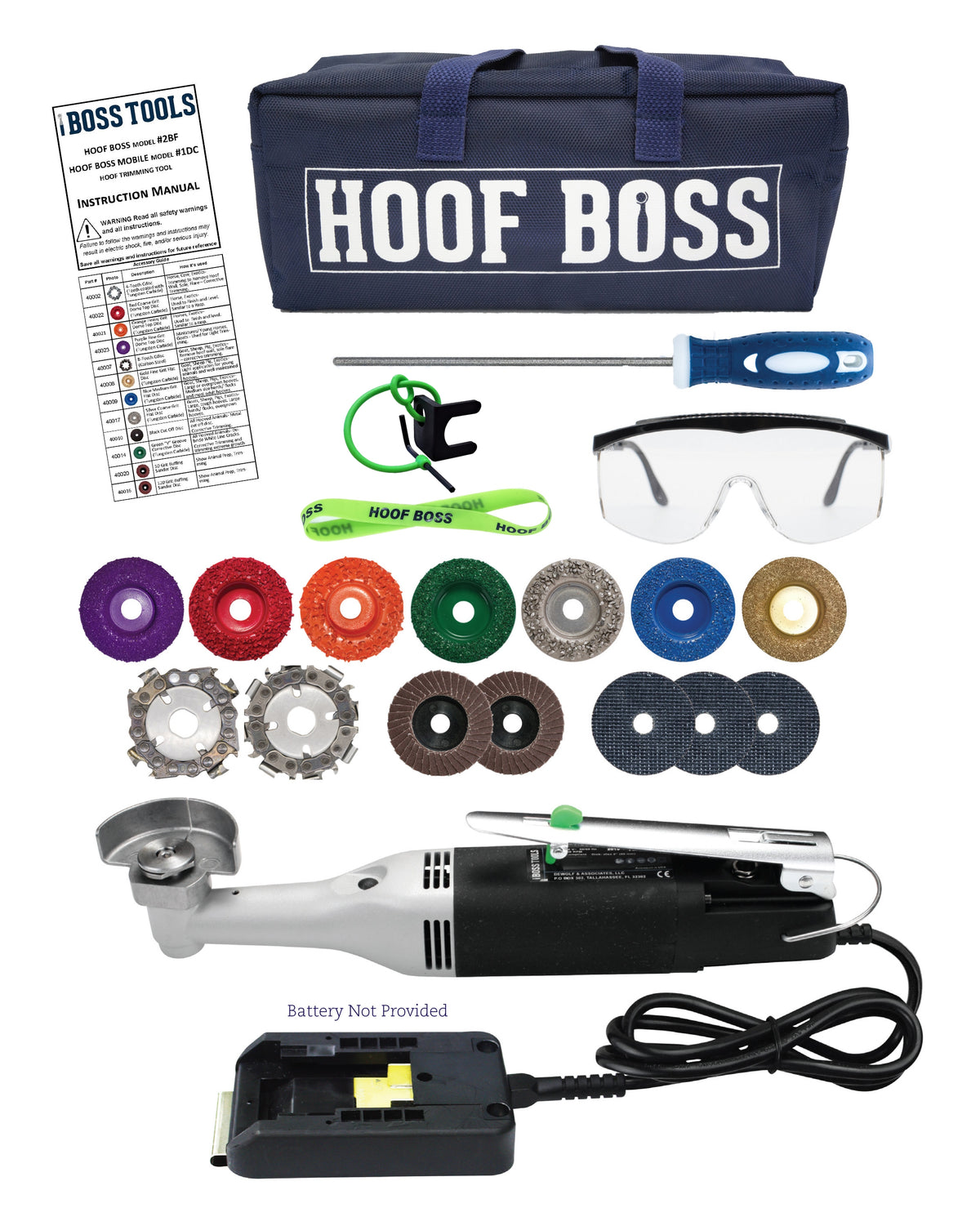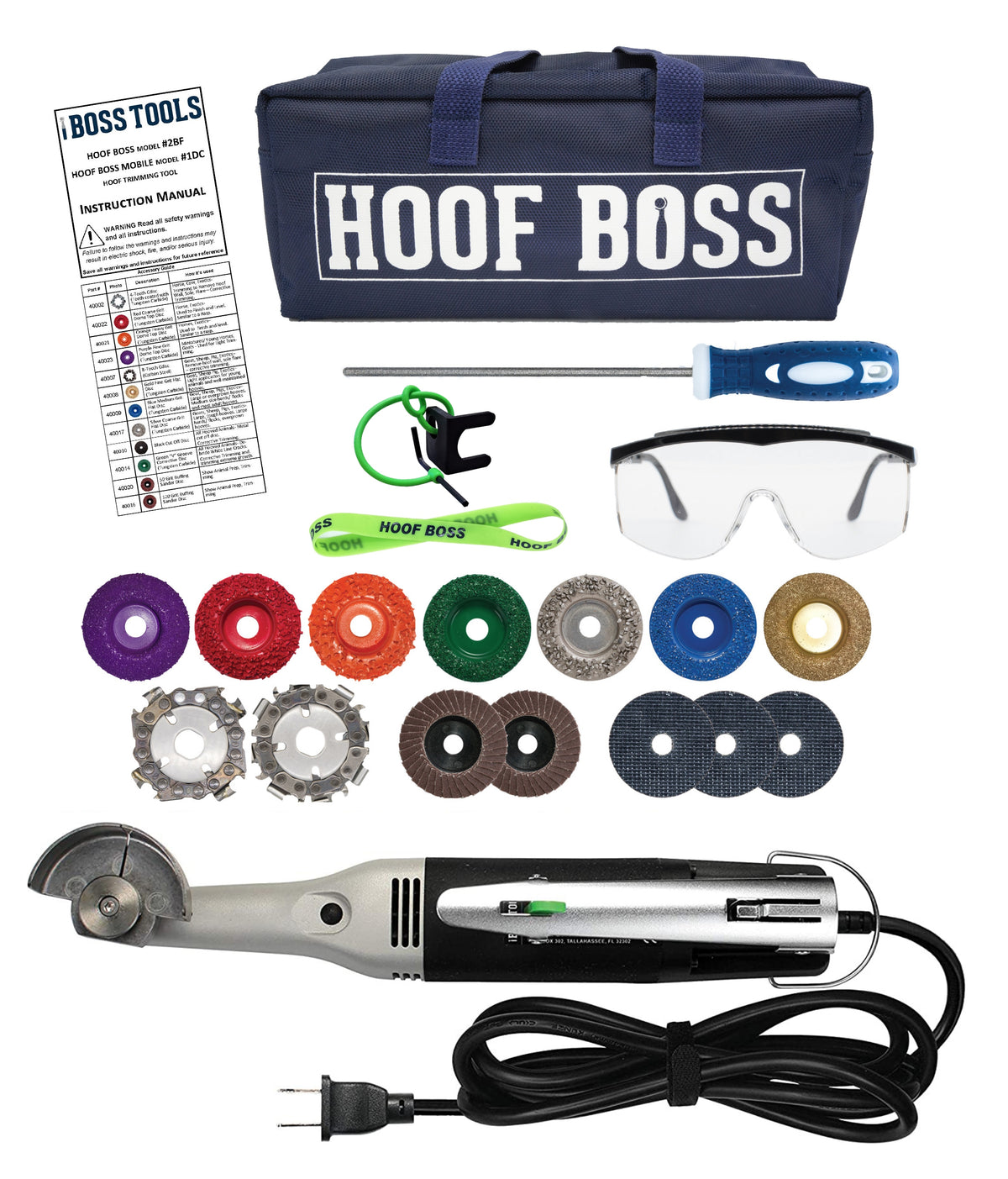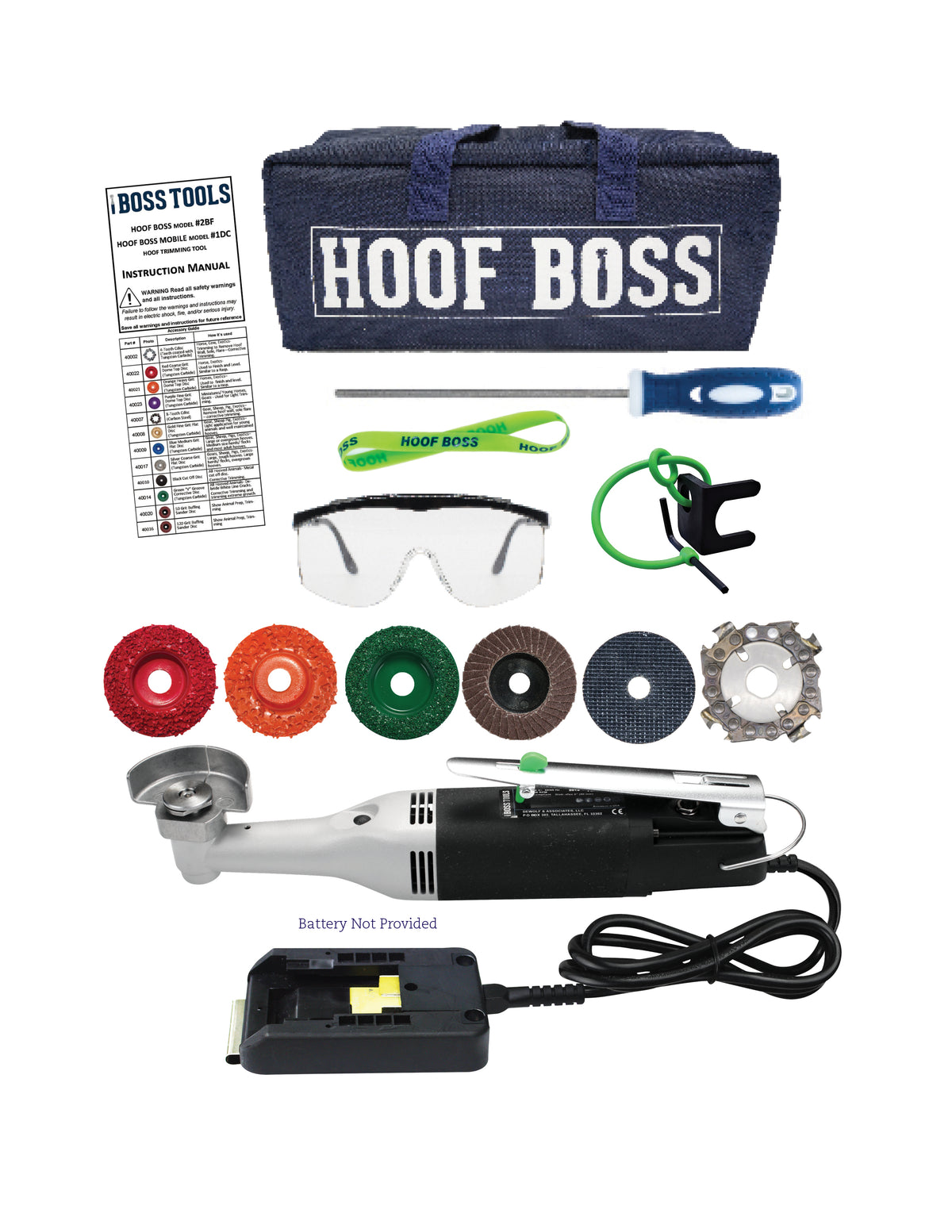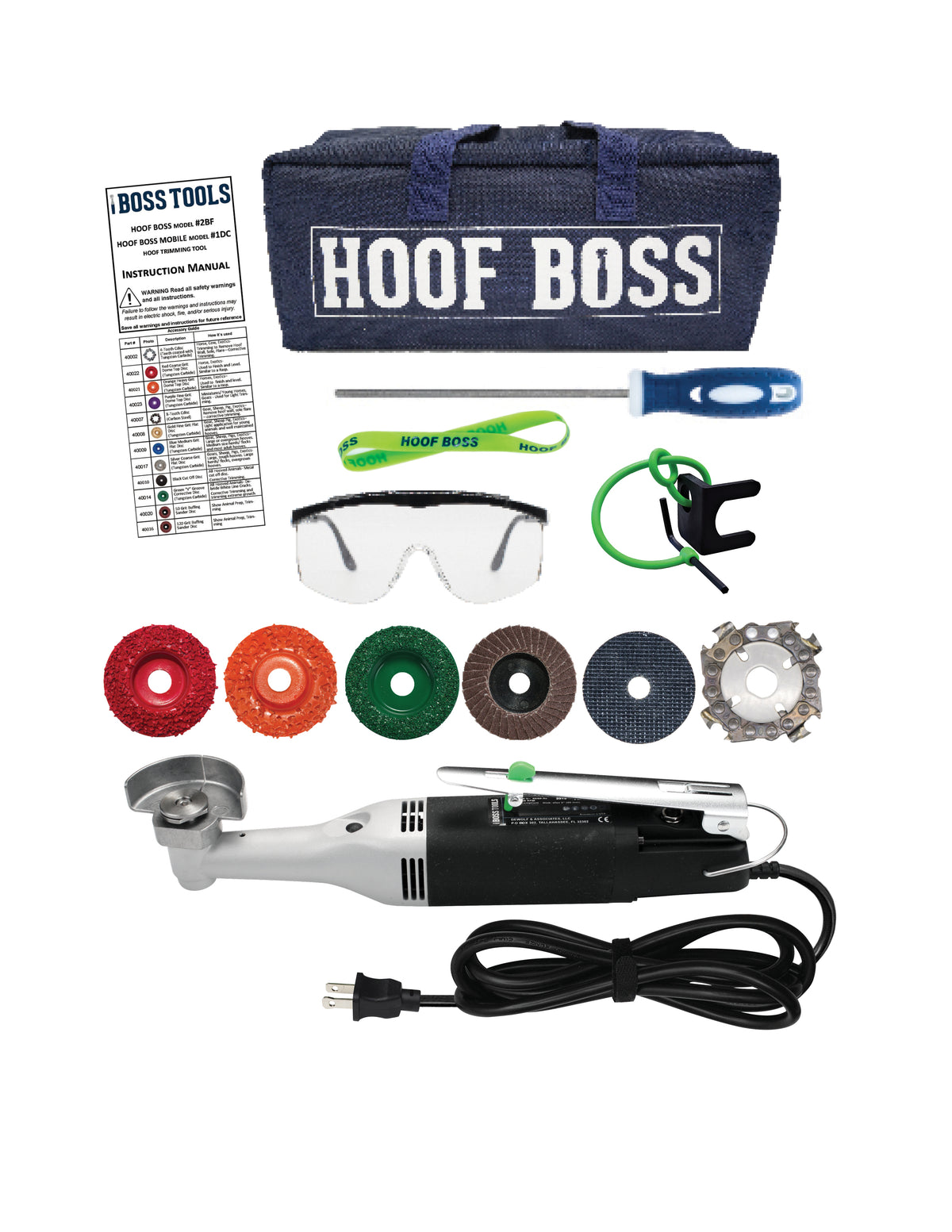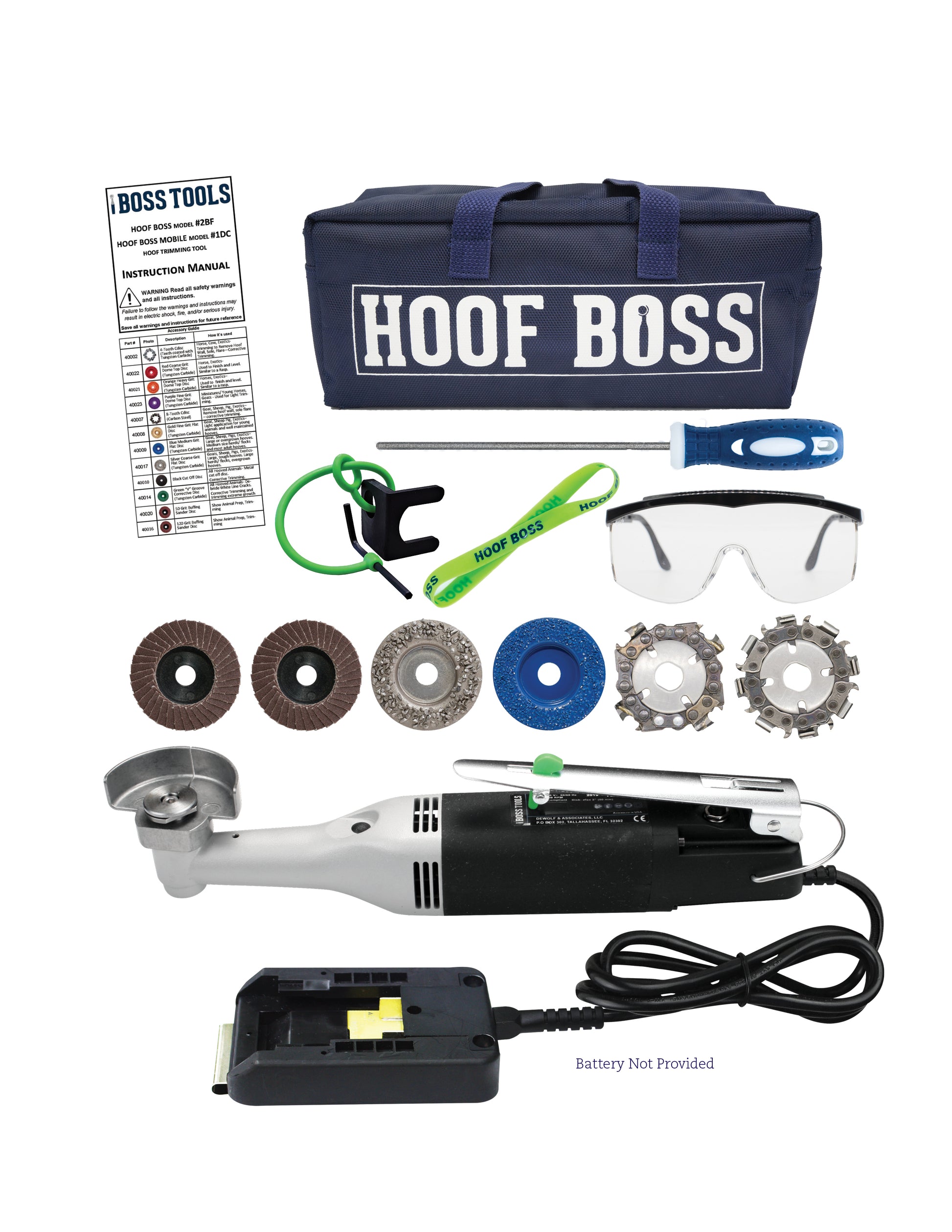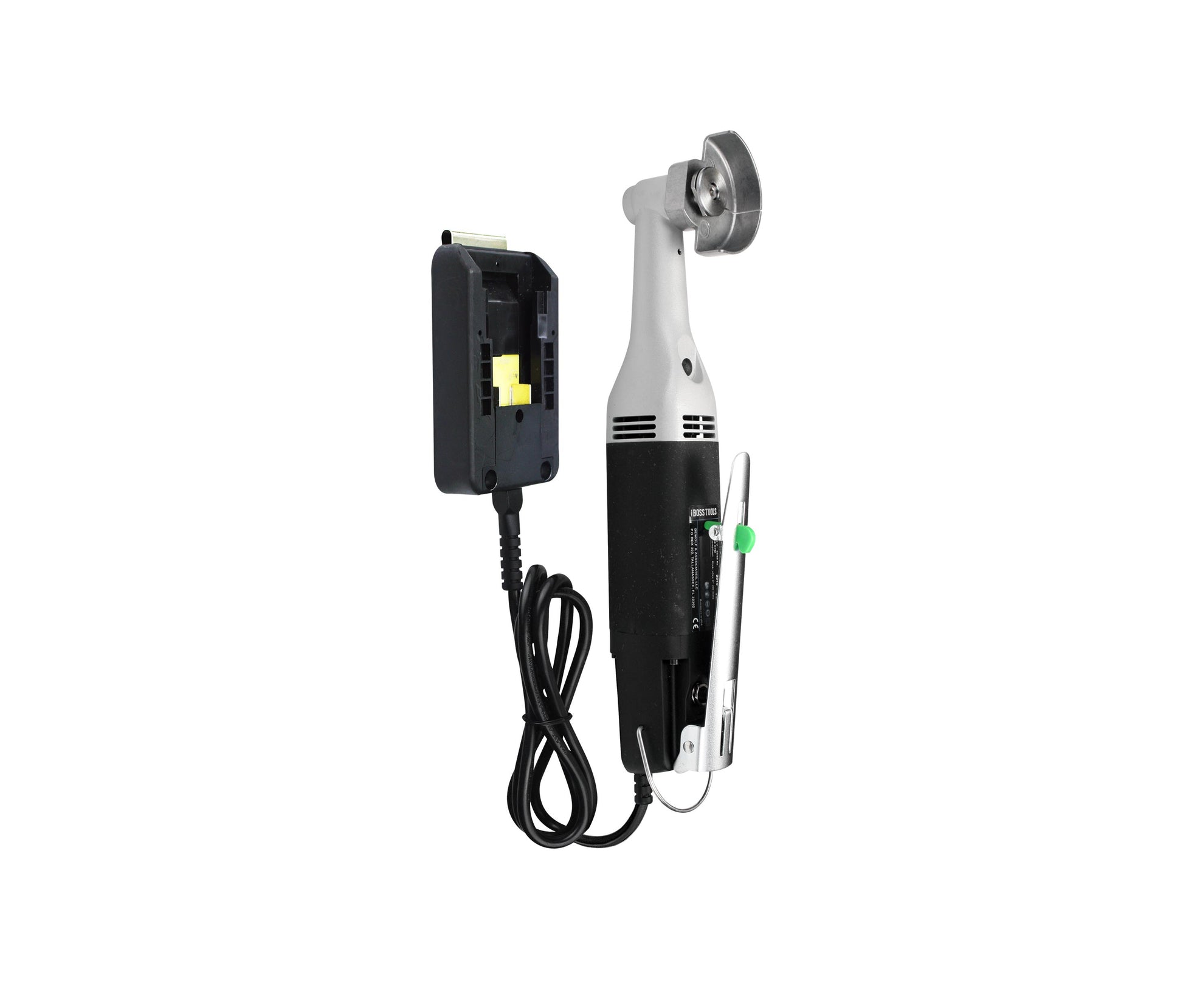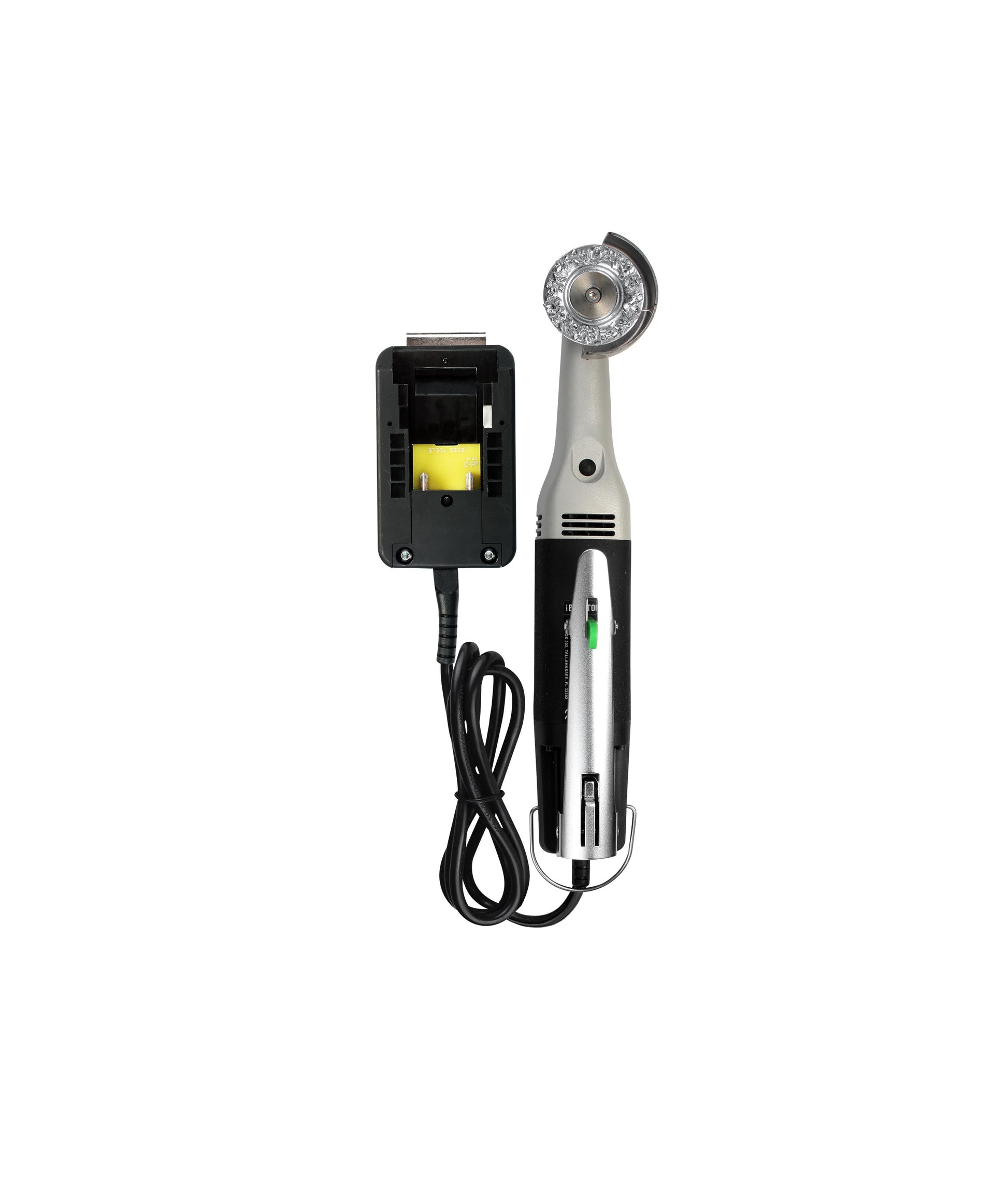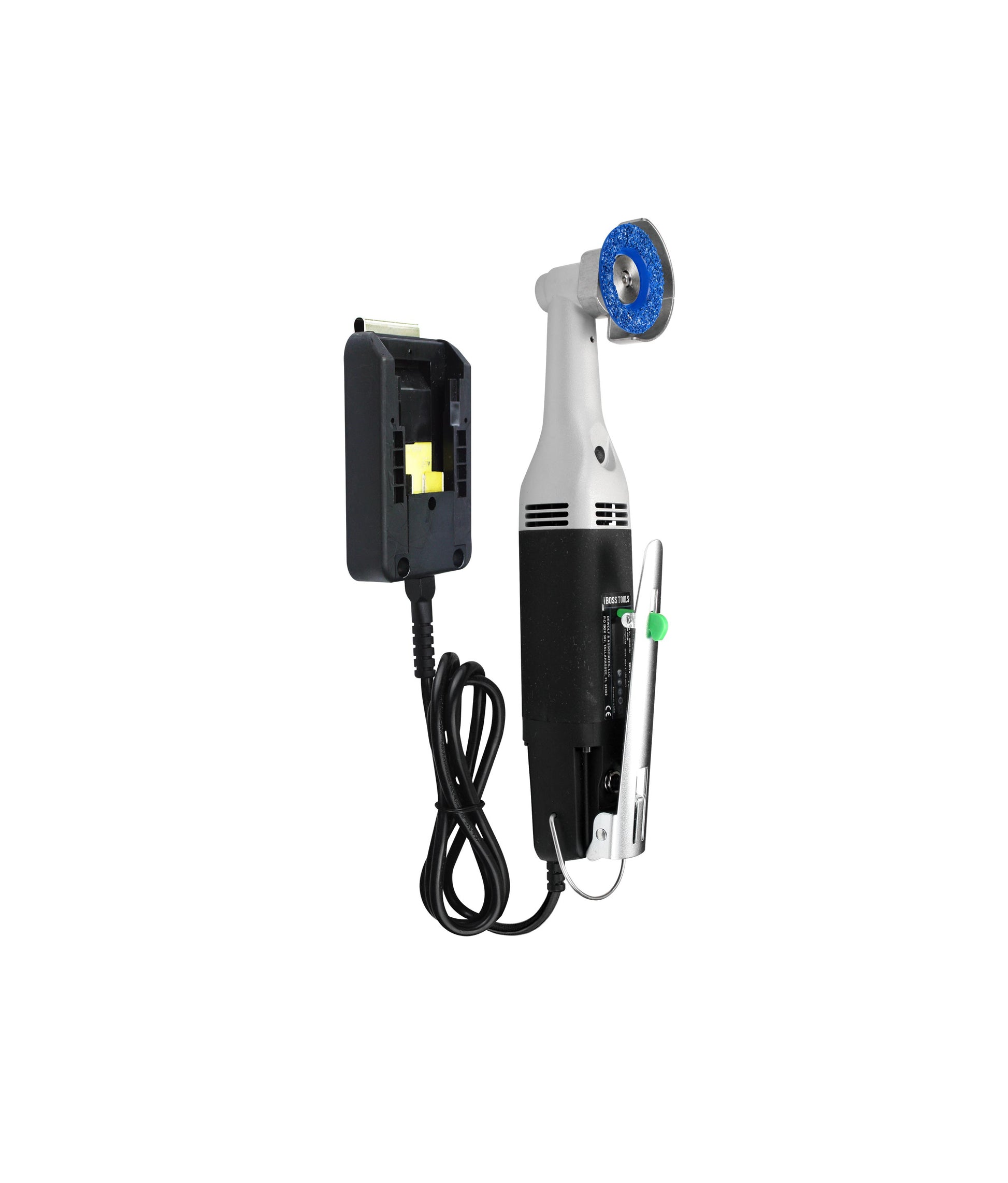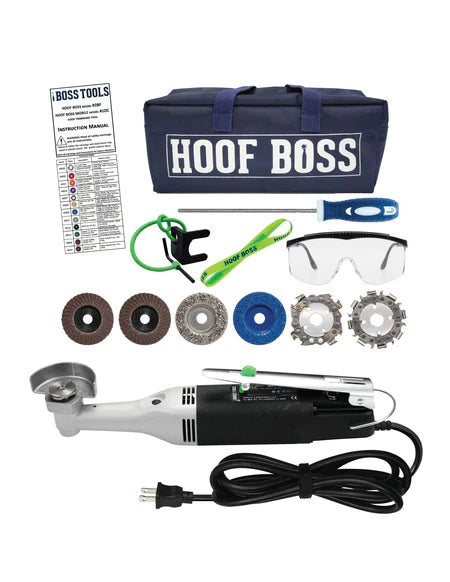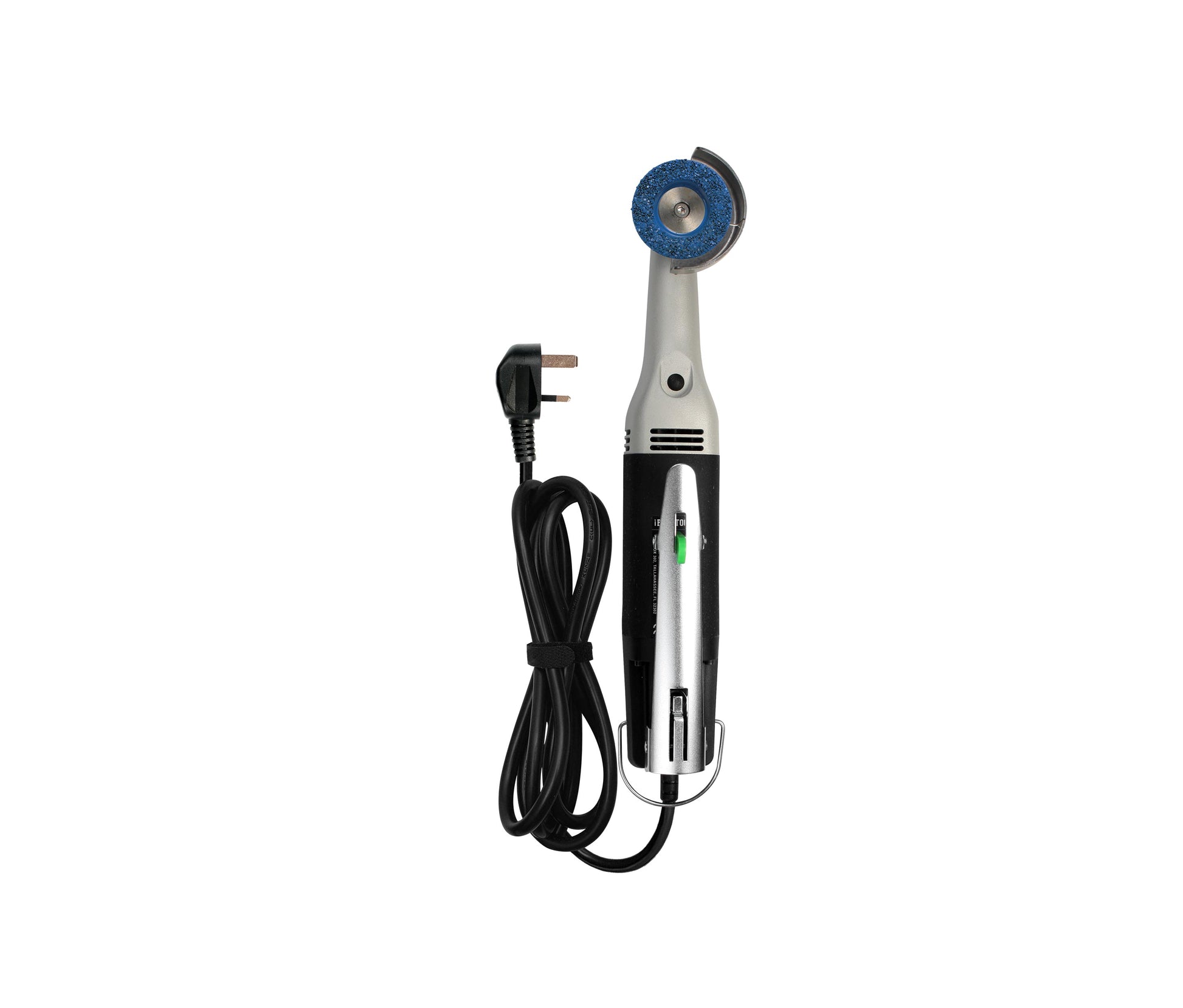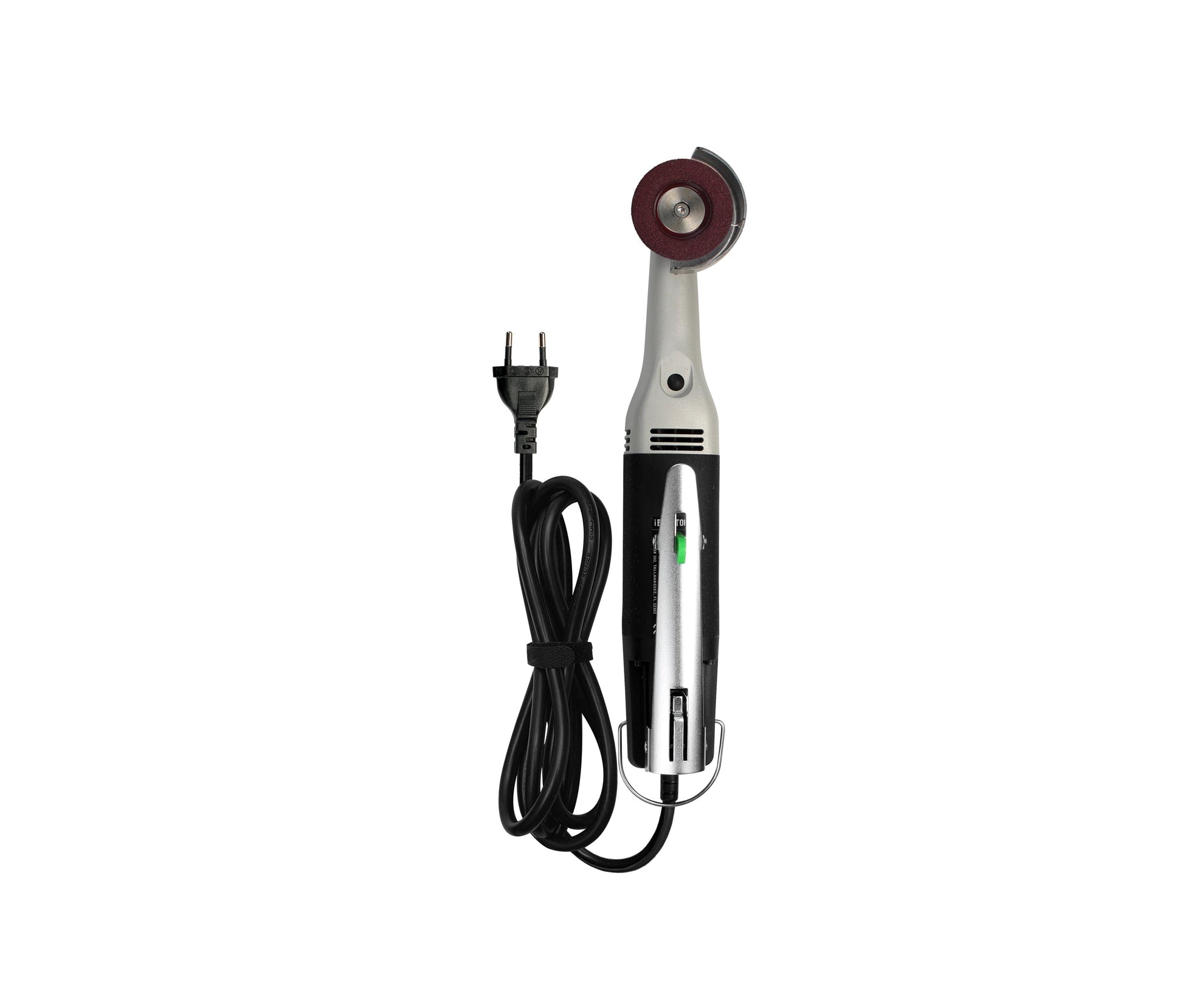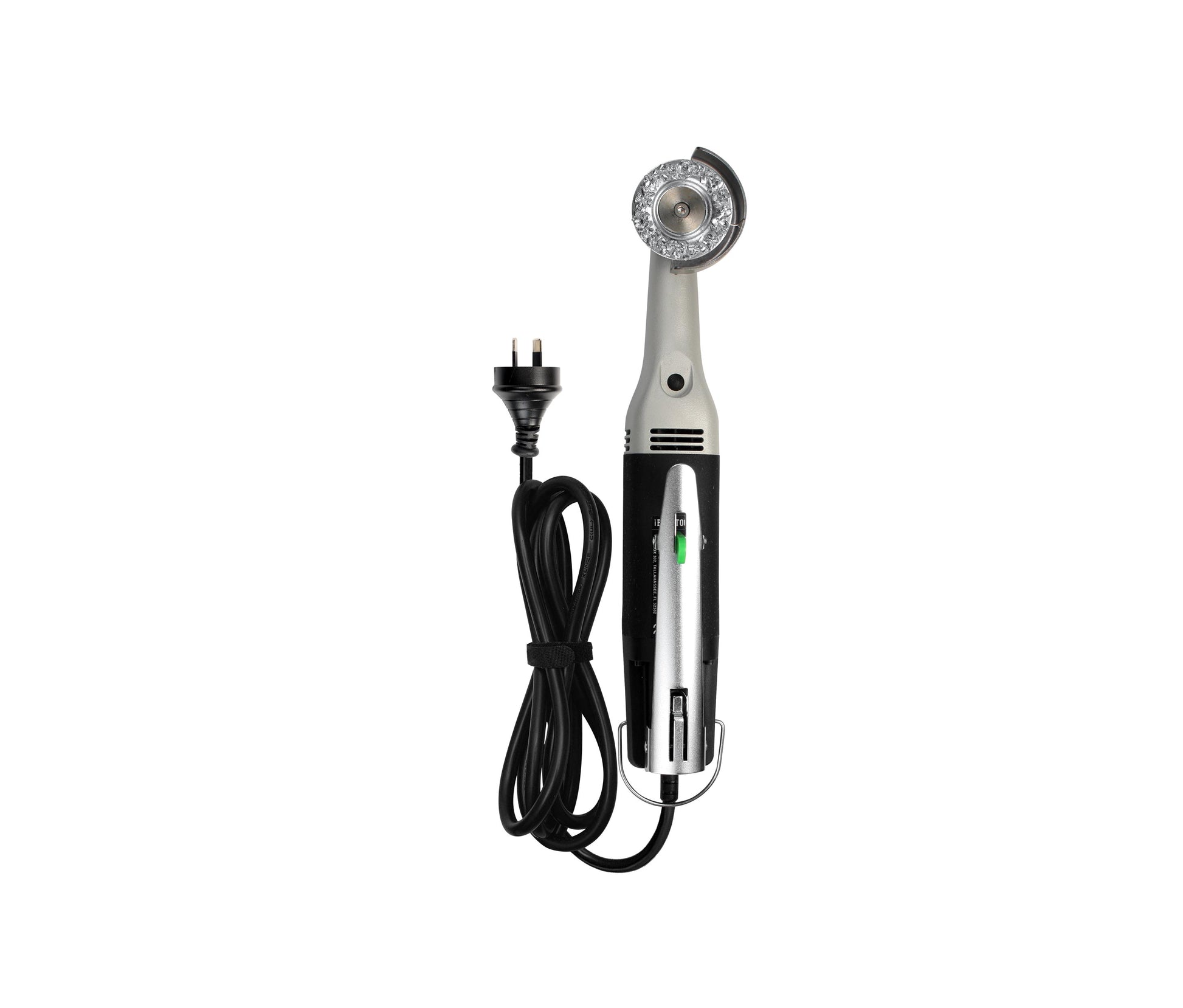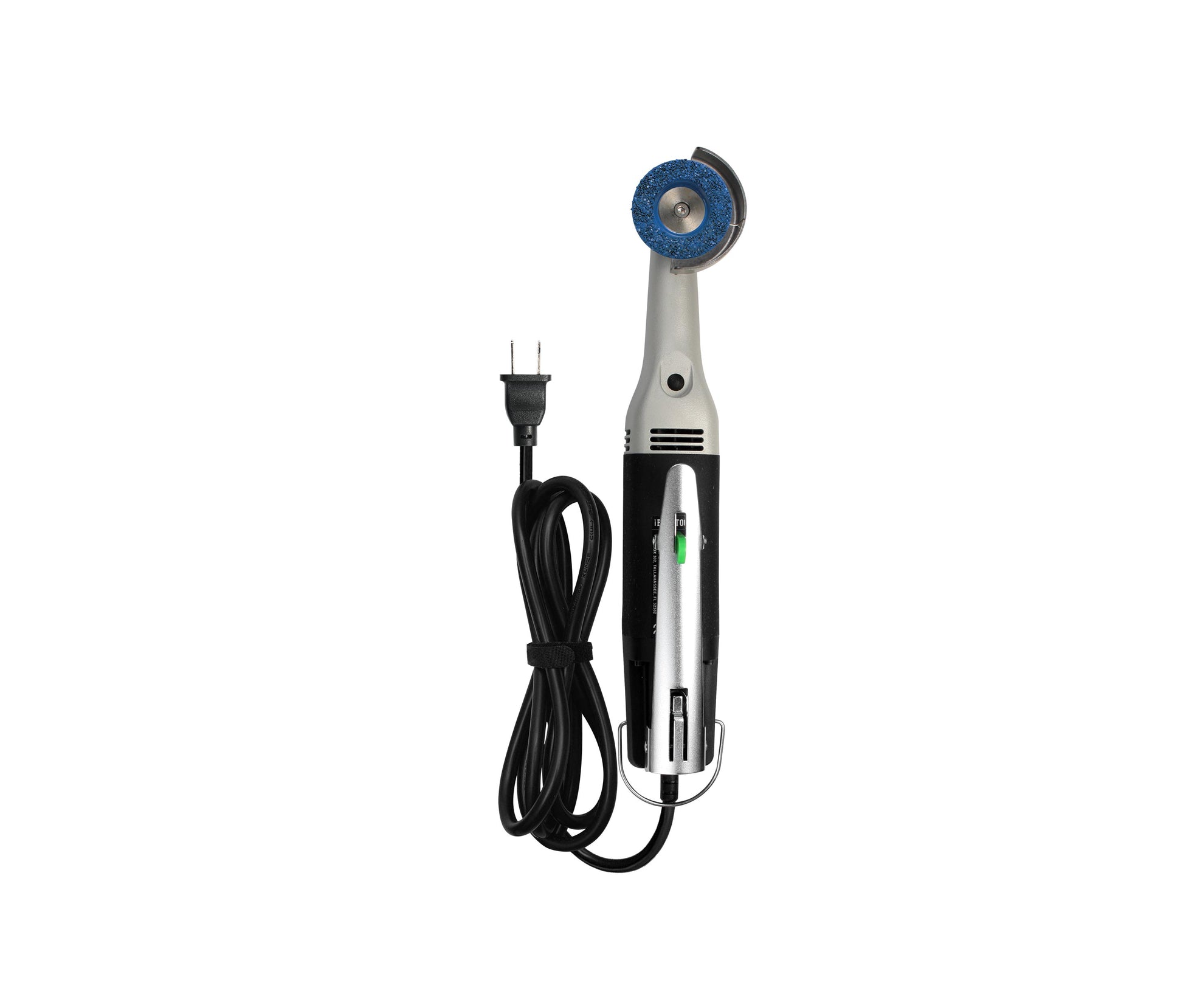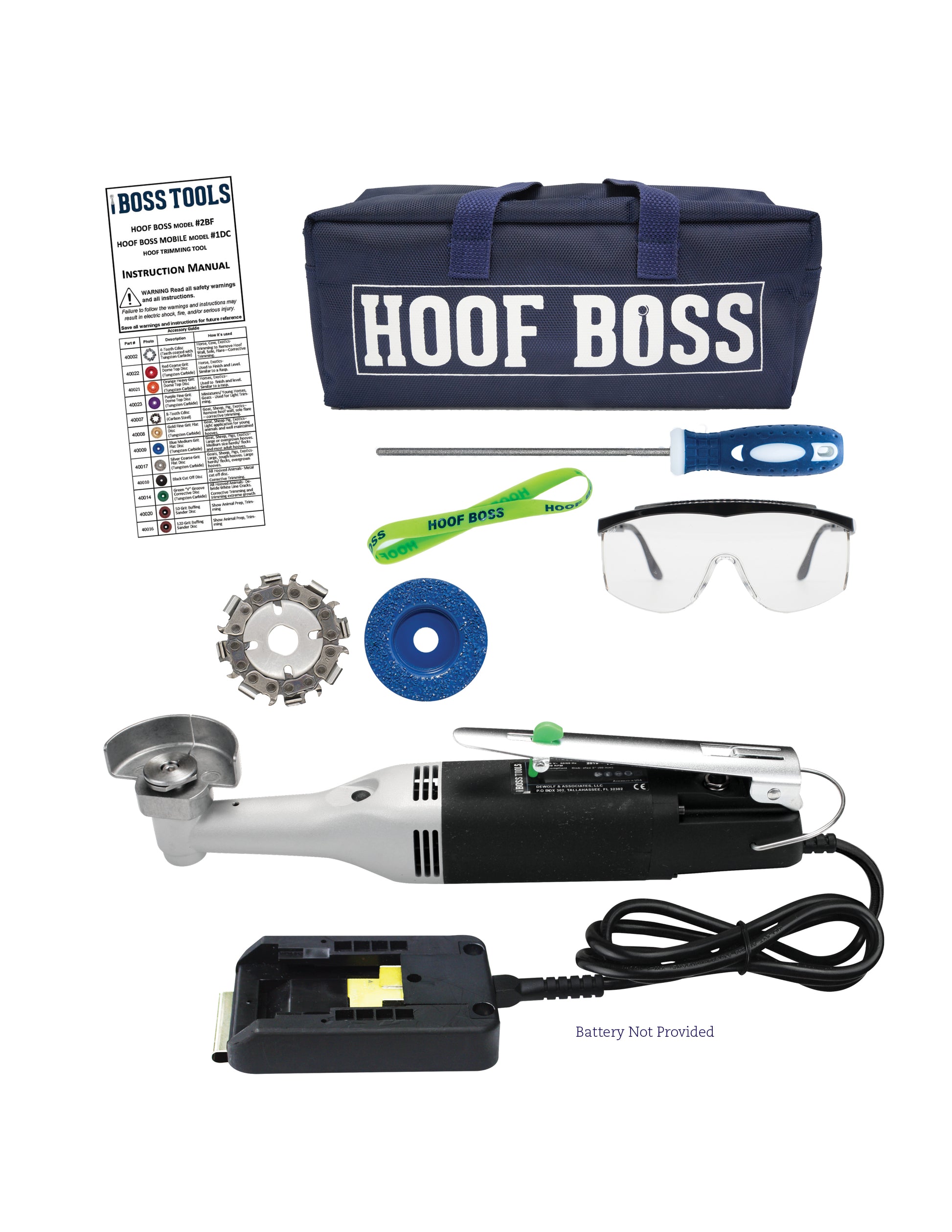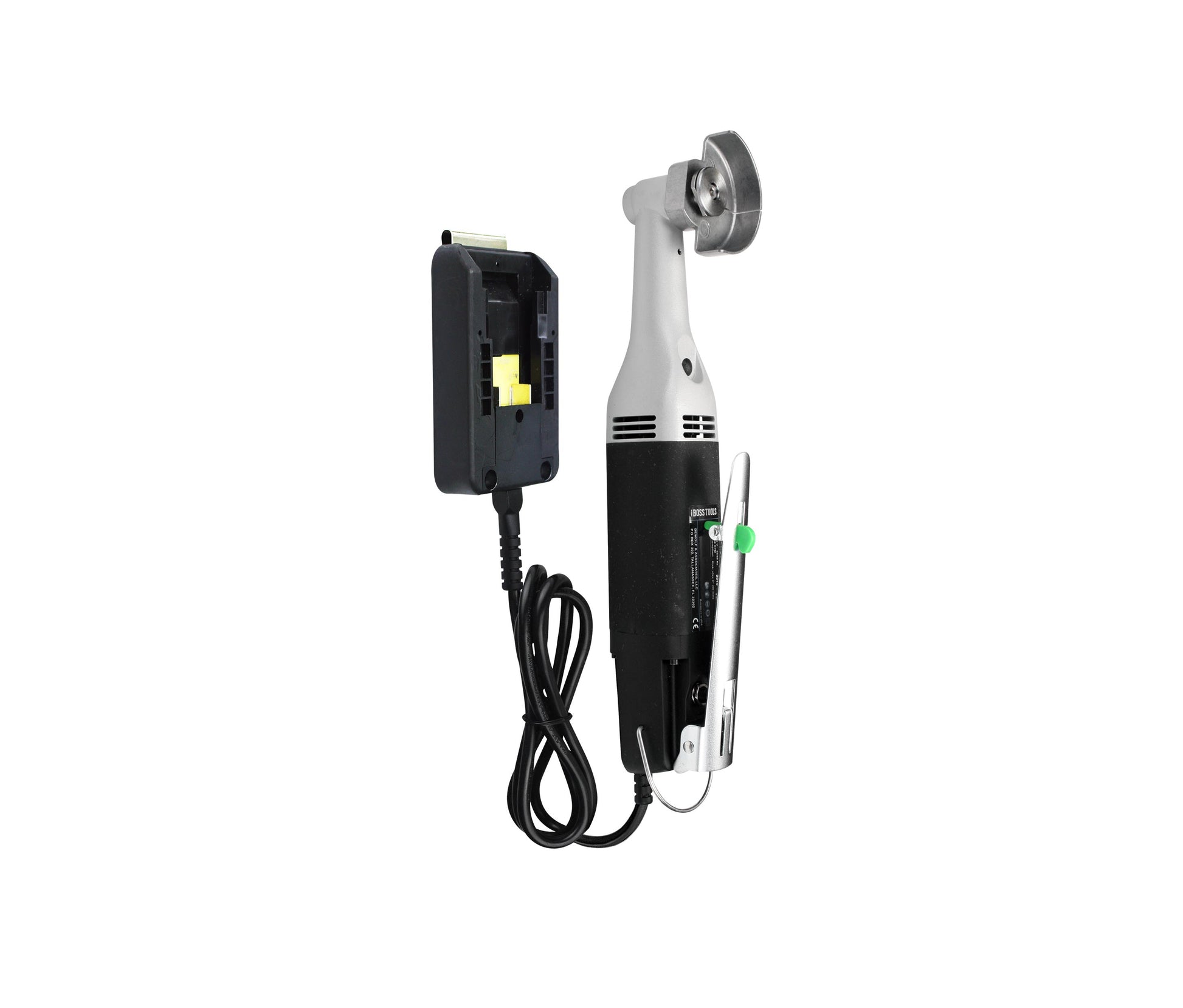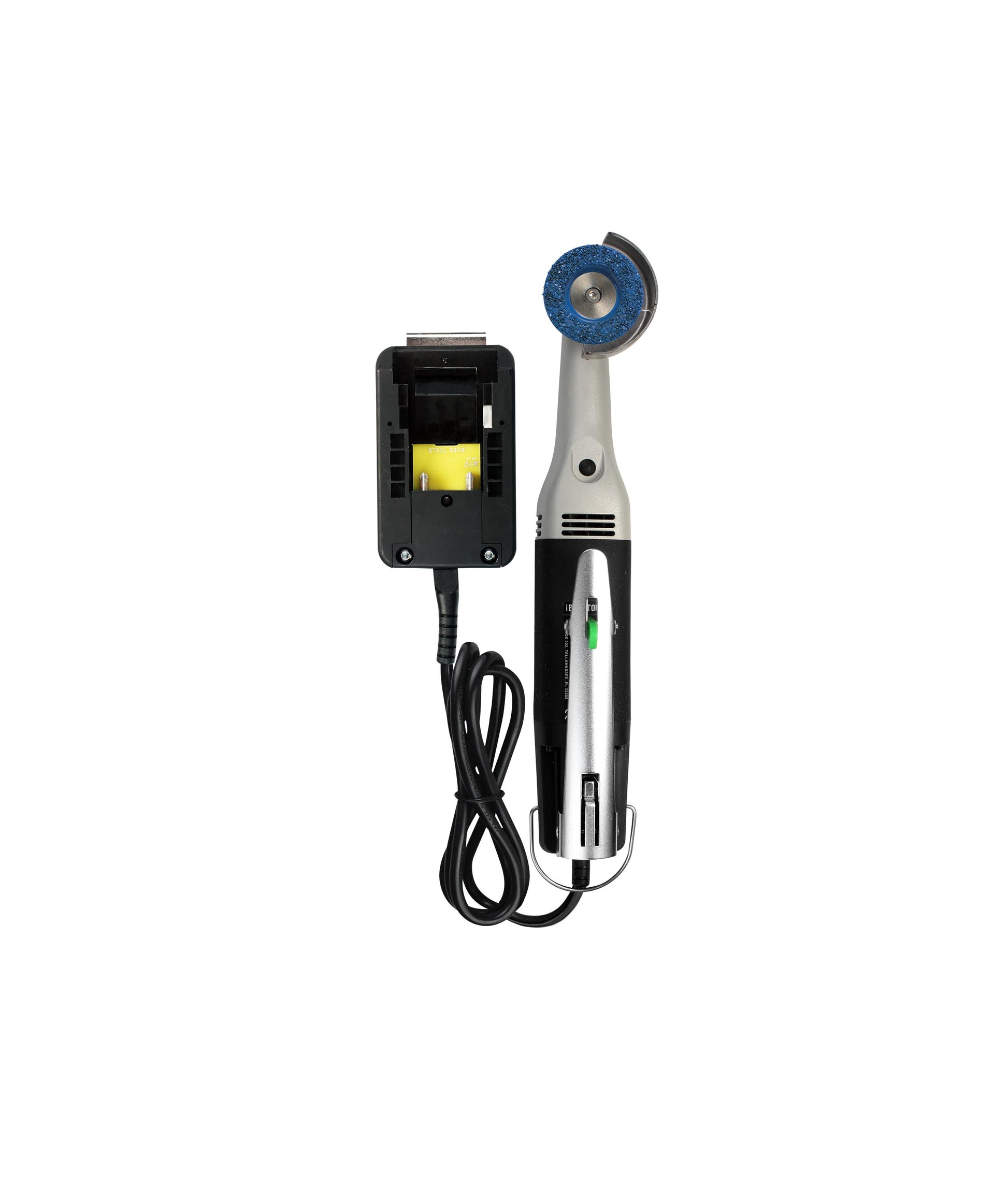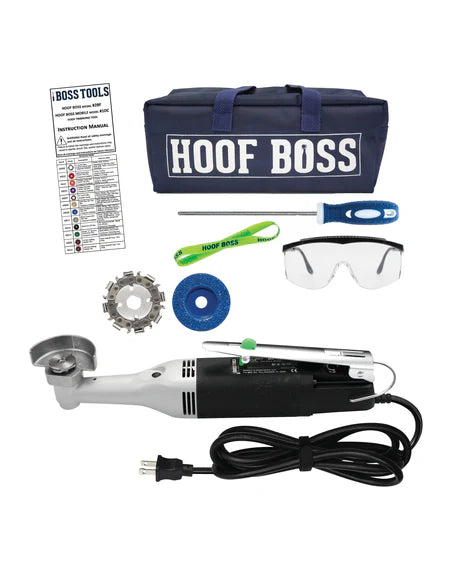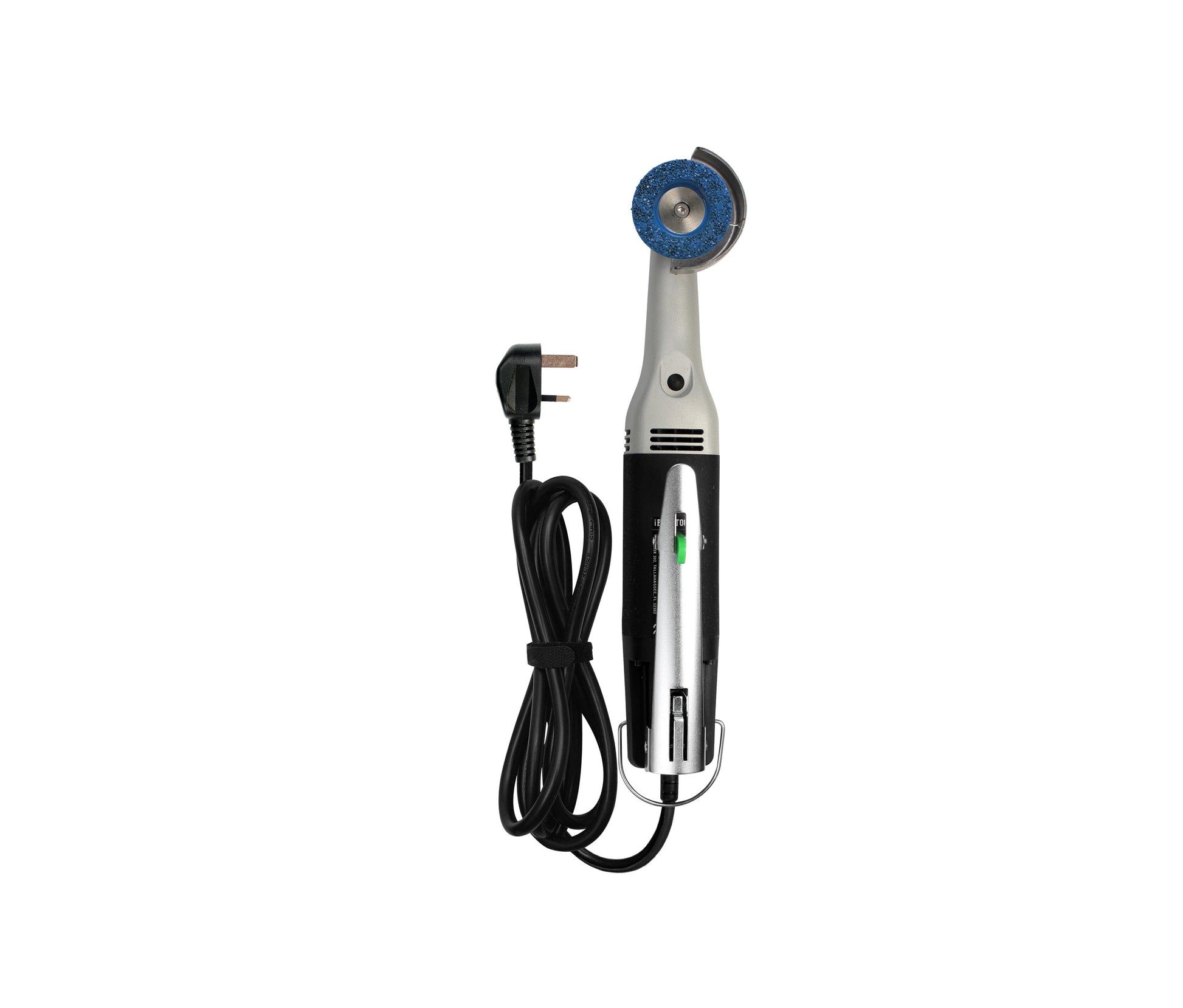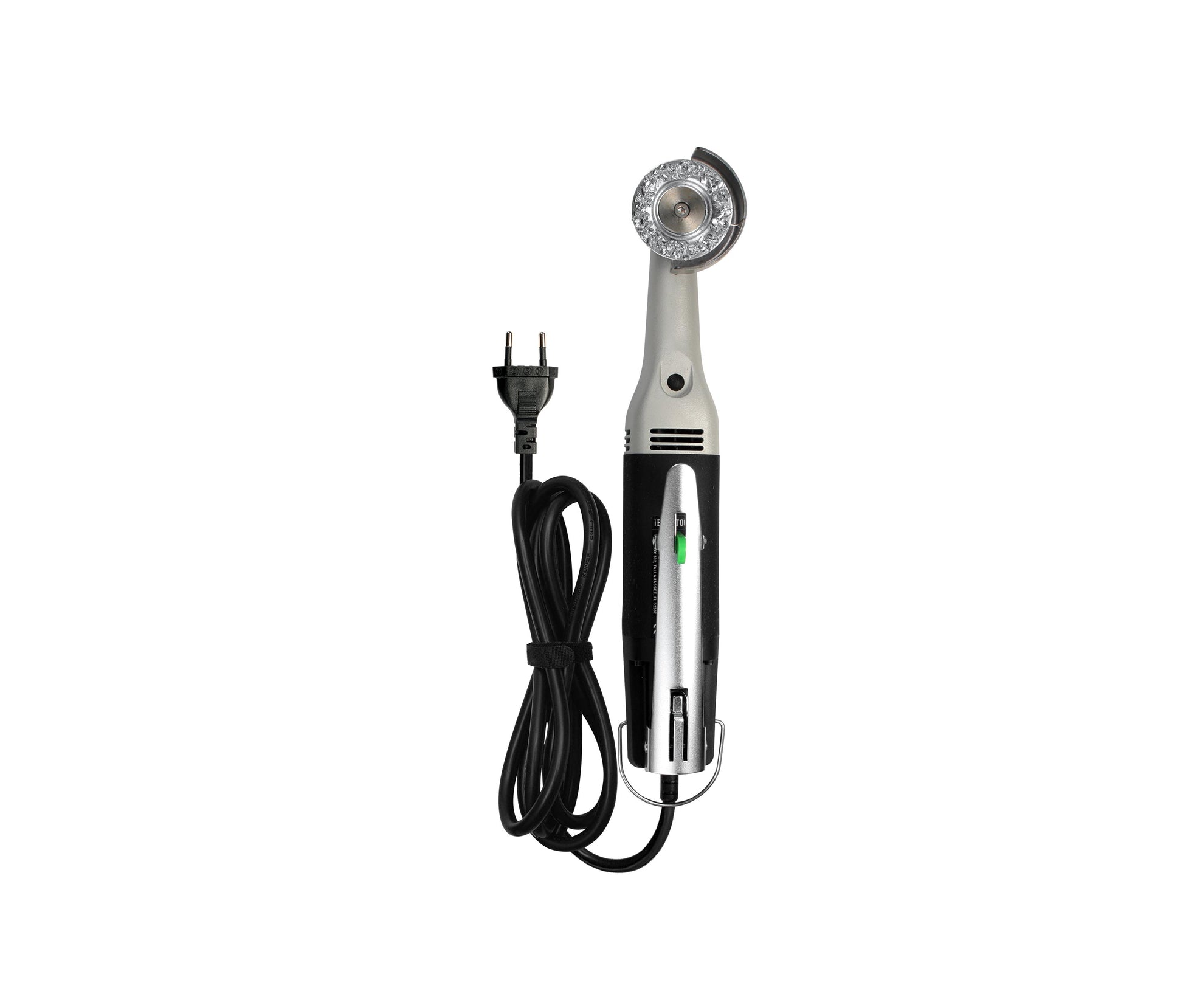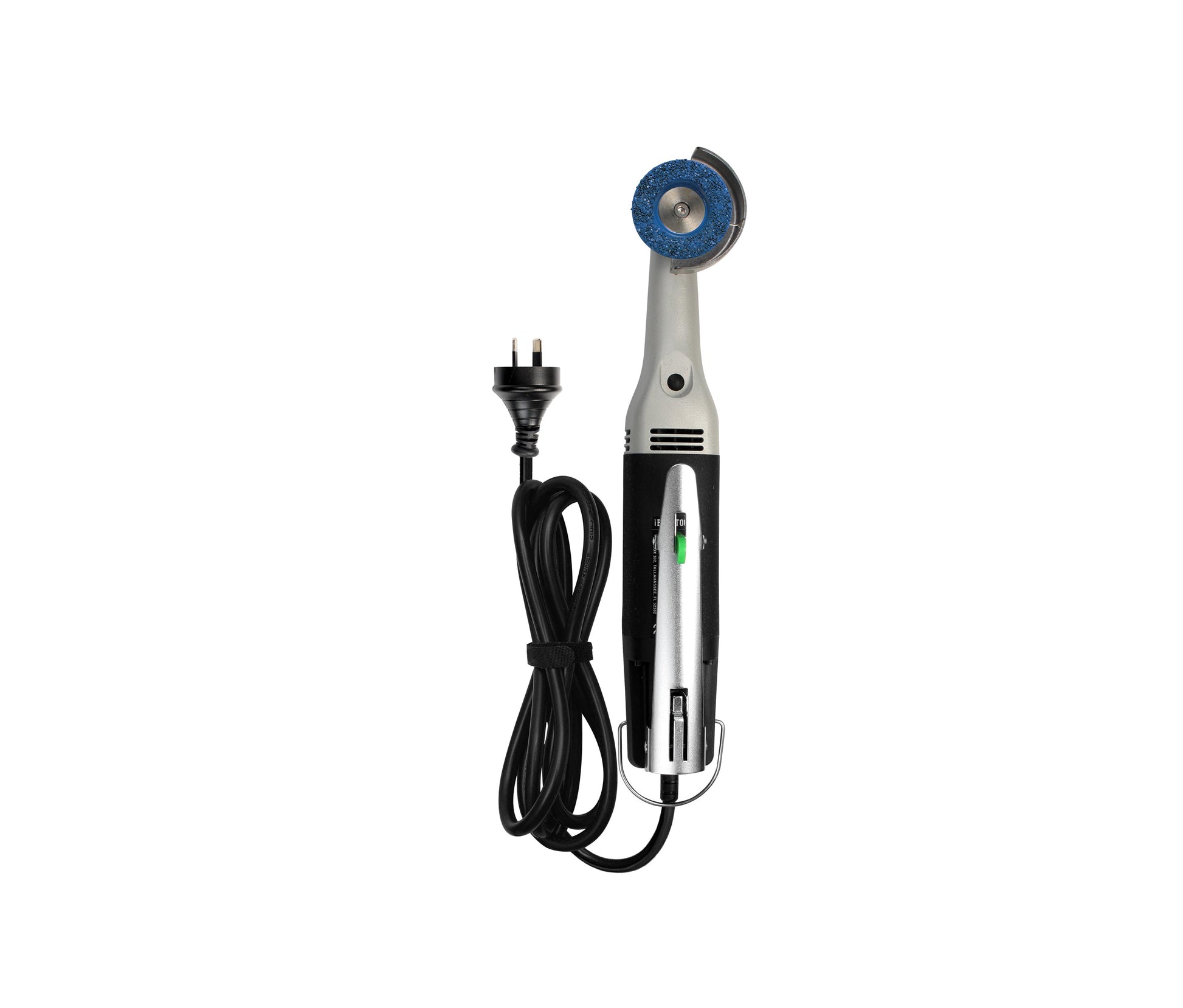Are Sheep Cloven-Hoofed? Absolutely—Here’s What That Means
Take a quick look at a sheep’s footprint and you’ll notice two distinct toes. Like goats, cattle, and deer, sheep are cloven-hoofed animals. Each foot is split into an inner (medial) and outer (lateral) claw that work together to spread weight, grip uneven ground, and cushion every step of a 150-lb ewe—or a 250-lb ram.
Why the Split Design Matters
-
Traction on hillsides. Two claws splay slightly on soft or rocky ground, giving better grip than a single solid hoof.
-
Shock absorption. Separate claws flex independently, reducing concussion to joints and tendons.
-
Self-cleaning action. The interdigital cleft opens and closes with each stride, letting dirt and stones fall free.
-
Early warning for imbalance. If one claw grows longer, the limp shows up fast—prompting a trim before real damage sets in.
Quick Care Routine for Cloven Hooves
-
Watch the gait weekly. A brief outward swing or hoof “click” on concrete signals early overgrowth.
-
Clean and inspect every six-to-eight weeks. Pick out debris, scrub the sole, and check the white line for separation.
-
Trim both claws evenly. Using a sharp pair of nippers or a variable-speed rotary trimmer, shorten the wall until it’s level with the sole, then bevel edges lightly.
-
Finish with a disinfectant mist. A splash of chlorhexidine seals tiny nicks and keeps hoof-rot bacteria at bay.
Keeping the two claws balanced prevents the asymmetric wear that strains knees and shoulders. Regular observation, prompt trimming, and dry footing are the trifecta for cloven-hoof health.
Need gear that makes those trims fast and wrist-friendly? Shop the Hoof Boss Sheep Hoof-Care Collection and turn hoof day into the quickest job in the barn.
